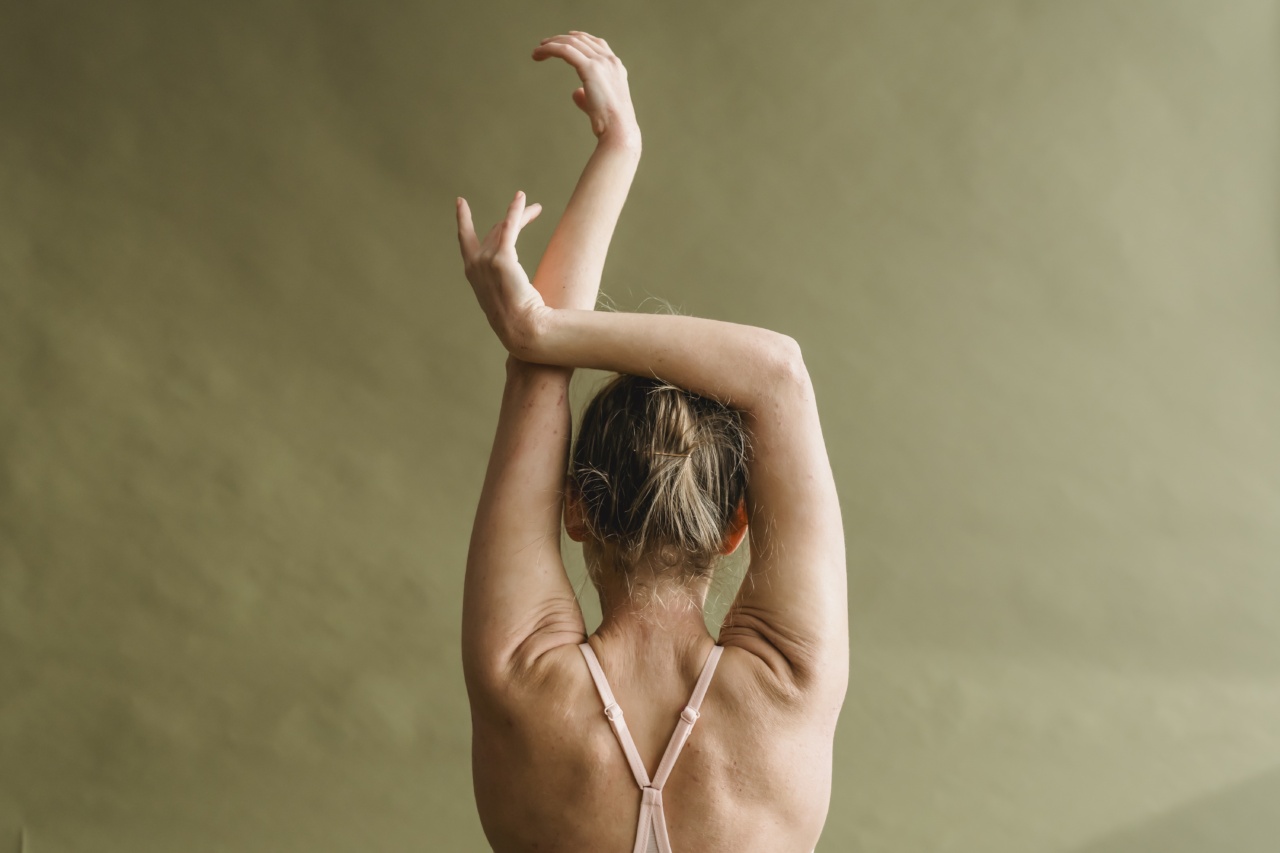Cervical Syndrome, also known as Cervical Spondylosis, is a condition caused by the wear and tear of the neck bones and cartilage. The symptoms of cervical syndrome include neck pain, stiffness, and headaches.
This condition can be treated with a combination of medication, physical therapy, and lifestyle adjustments.
One of the most effective ways to manage cervical syndrome is through exercise. Exercise can help strengthen the neck muscles, improve flexibility, and reduce pain and stiffness.
Here are five simple exercises that you can do at home or at the office to relieve cervical syndrome:.
Exercise 1: Neck Rotation
Sit up straight on a chair or stand with your feet shoulder-width apart. Slowly turn your head to the right, bringing your chin over your shoulder. Hold for 5 seconds, then return your head to the center. Repeat on the left side.
Do 5 repetitions on each side.
Exercise 2: Chin Tucks
Sit up straight on a chair with your shoulders relaxed. Imagine that you are giving yourself a double chin. Gently slide your chin towards your chest and hold for 5 seconds. This exercise strengthens the muscles in the front of your neck. Do 5 repetitions.
Exercise 3: Shoulder Shrugs
Stand with your feet shoulder-width apart and your arms by your sides. Bring your shoulders up towards your ears, hold for 5 seconds, then relax. This exercise helps release tension in your shoulders and neck. Do 10 repetitions.
Exercise 4: Neck Stretch
Sit up straight on a chair with your shoulders relaxed. Place your right hand over your left ear and gently pull your head towards your right shoulder. Hold for 5 seconds, then repeat on the other side. This exercise stretches the muscles in your neck.
Do 5 repetitions on each side.
Exercise 5: Wall Angels
Stand with your back against a wall and your feet shoulder-width apart. Place your arms against the wall at shoulder height, with your elbows bent at a 90-degree angle. Slowly raise your arms up and down, making sure to keep your back against the wall.
This exercise helps improve your posture and shoulder mobility. Do 10 repetitions.
These exercises can be done in just five minutes a day and can help relieve the symptoms of cervical syndrome. If you experience any pain or discomfort while doing these exercises, stop and consult your doctor or physical therapist.






























